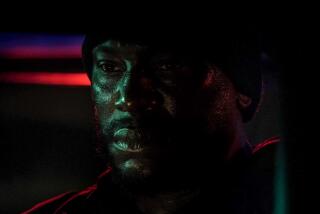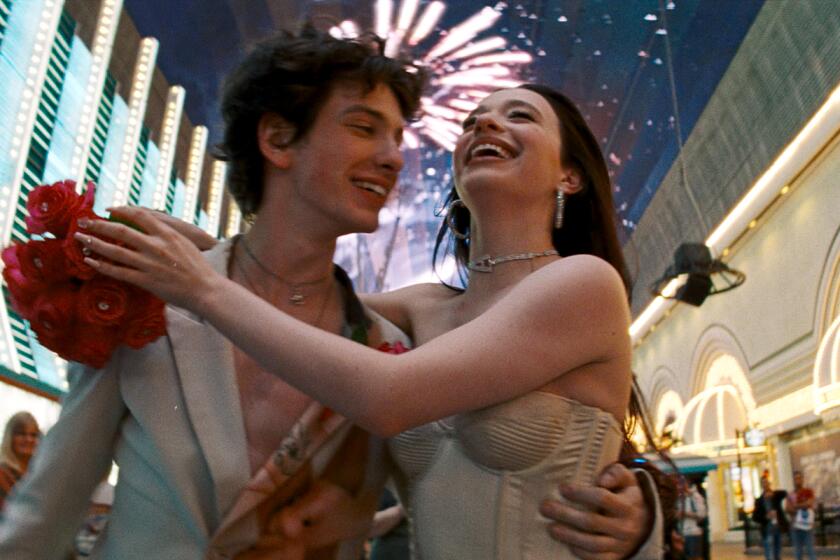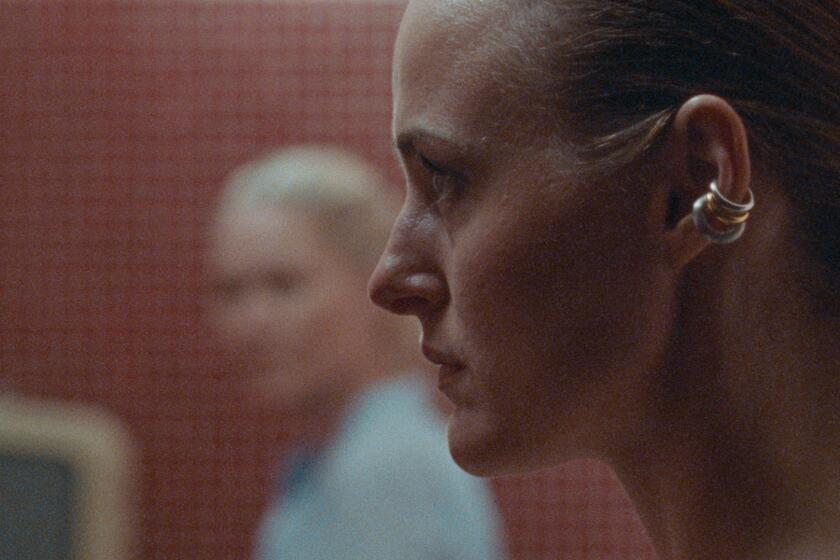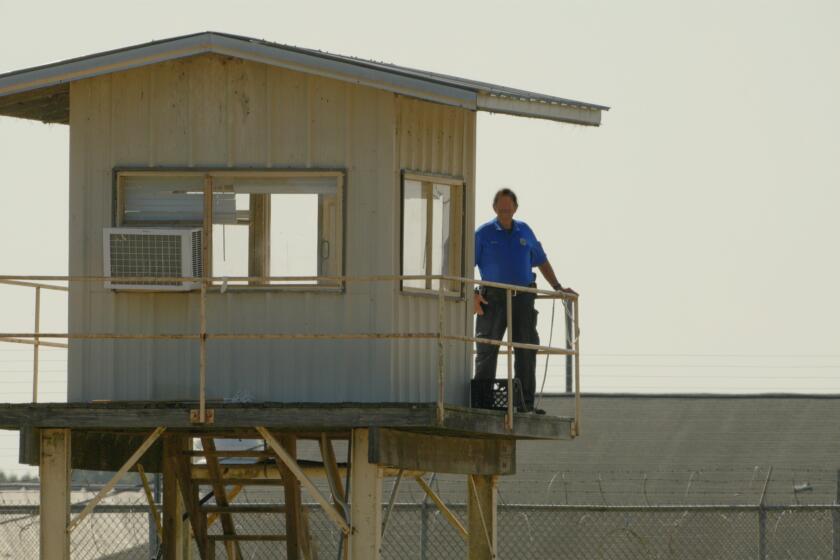Where Is the Analysis in the ‘Heat Wave’ Review?
- Share via
It is a considerable task in motion pictures and television to make docudramas that don’t center on rape or serial murderers and the inevitable trial.
Film criticism, which should illuminate both the style and substance of a movie and give the reader a clearer understanding of the filmmaker’s execution and intention, must create a dialogue between filmmakers, critic and audience. Unfortunately, I gained no insight--good or bad--from Robert Epstein’s review of our “Heat Wave” (Aug. 13).
He said the film was “weighted down with predictable chance meetings, chilling confrontations . . . and, of course, the inevitable, dramatic death-in-the-street scenes.”
The examples he cited--a messenger who, wondrously, knew key editorial people, thereby getting an assignment to cover the riots for The Times; a black father who can’t get a job as a construction foreman and becomes a janitor; a high-school student told to aim his ambitions low; young blacks chased through Lynwood by a white gang; and a black woman who, like many others, works as a domestic for a white Westside family--have one element in common. They are all true.
They all contributed to a growing geography of despair in South-Central Los Angeles in 1965. They led to the death of an estimated 35 people and the destruction of millions of dollars of property. The essence of docudrama is to present the events as they occurred with enough dramatic license to give context for the characters’ actions.
The reviewer did not seem to be aware of any of that. When he stated: “Then the all too familiar occurs: oppressive August heat, two young men drinking and driving, a cautious CHP motorcycle officer, a strong-willed mother,” I lost any understanding of his analysis. “All too familiar”? I have never seen this particular scenario in any other film. These were the exact facts of the incident: A CHP officer pulled over two young men and a lighthearted encounter began. When their mother arrived and slapped her son in front of a growing crowd, anger, based on years of oppression and despair, exploded. No one could have predicted that this would be the outcome of an ordinary arrest.
Does the reviewer understand that every network and studio has avoided this explosive subject matter for 25 years?
“Heat Wave”--with a predominantly African-American cast, crew and staff in a town where few blacks are working behind the camera--was produced to tell a story of racism and the concomitant loss of hope in an entire community. There were no city officials in Los Angeles holding baseball bats to prevent civil rights advocates from entering cafes, hotels or using public drinking fountains. Instead, the majority of the city either was unaware of or turned its back on the astronomical unemployment and poverty in a substantial segment of its population. As in the rest of the North, racism took a quiet but pervasive form.
These same conditions exist or are considerably worse today. The failure of the 1960s social programs can be seen most eloquently when you meet a sixth-generation welfare child from Jordan Downs. The failure of Reaganomics is best exemplified by the thousands of homeless on the streets of L.A.
It is ironic that a film about the Watts uprising of 1965 and its 35 deaths should evoke more feelings of horror than the more than 300 deaths in 1989 from gang-related violence in South-Central Los Angeles. These are the issues that a review should draw to our city’s attention. This is the context that a film like “Heat Wave” deserved.
Whether we are reviewed favorably or unfavorably, we should demand a meaningful dialogue from our critics. A discussion of direction, light, performance, production values and design is as important as the social context of a film such as this. Sadly, we received none of that from this review.
More to Read
Only good movies
Get the Indie Focus newsletter, Mark Olsen's weekly guide to the world of cinema.
You may occasionally receive promotional content from the Los Angeles Times.










